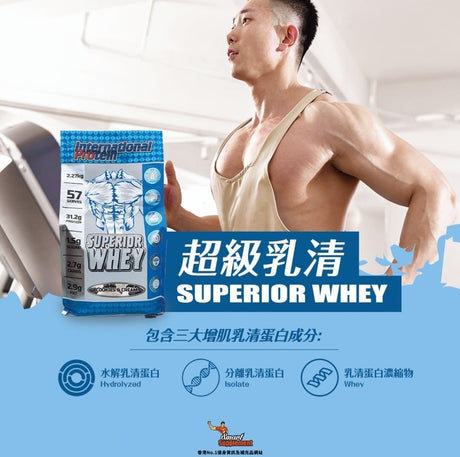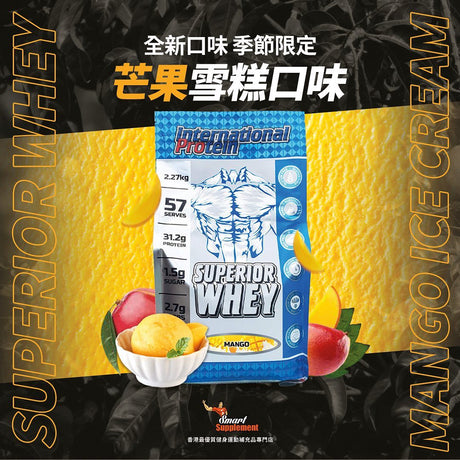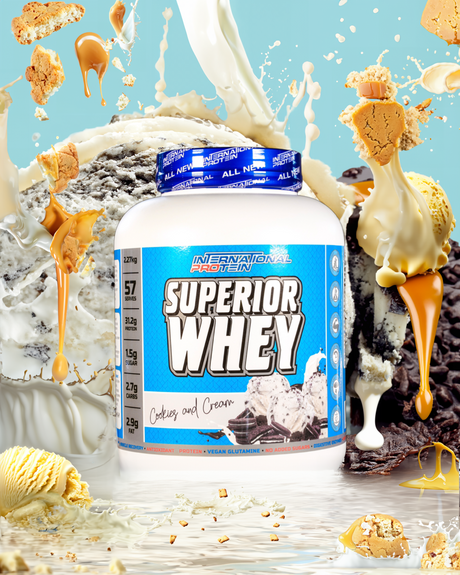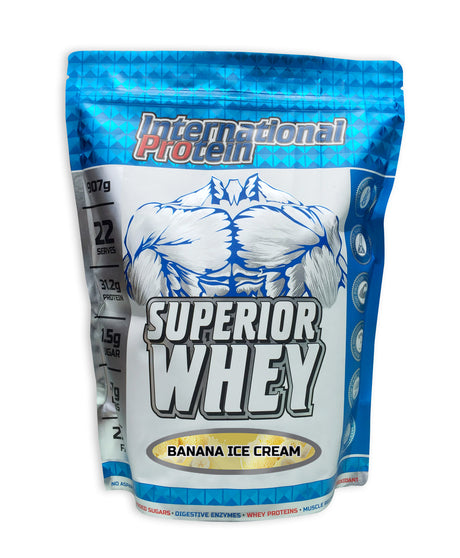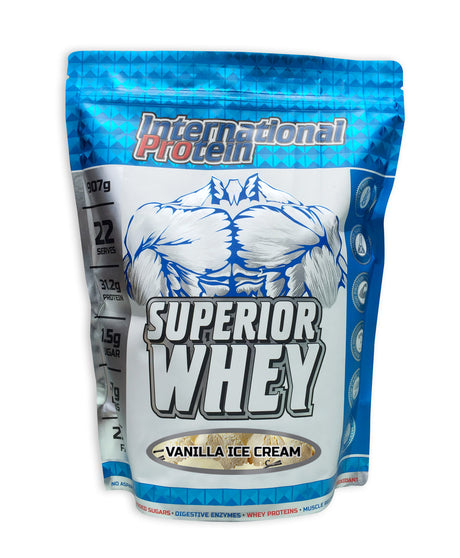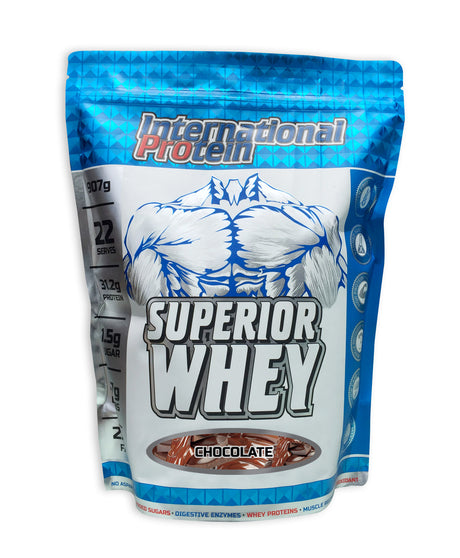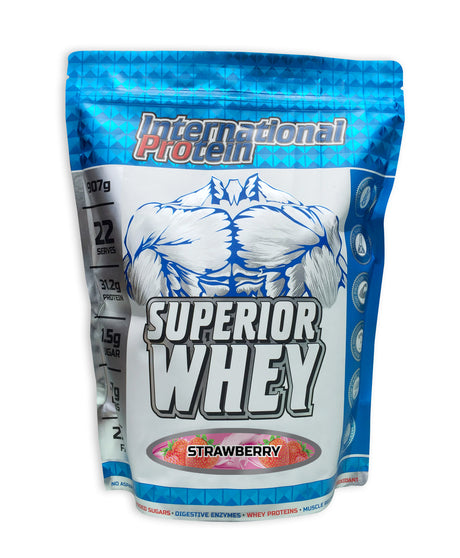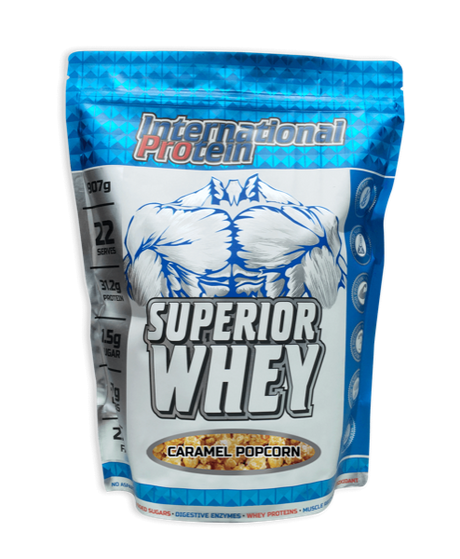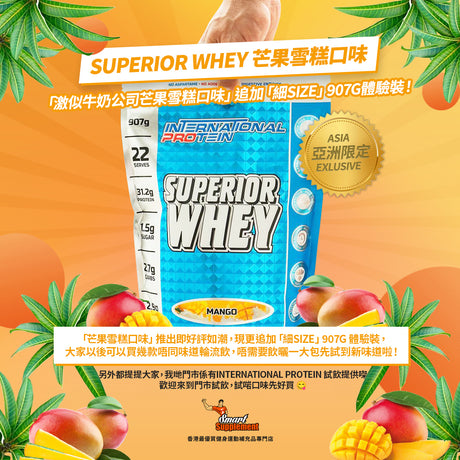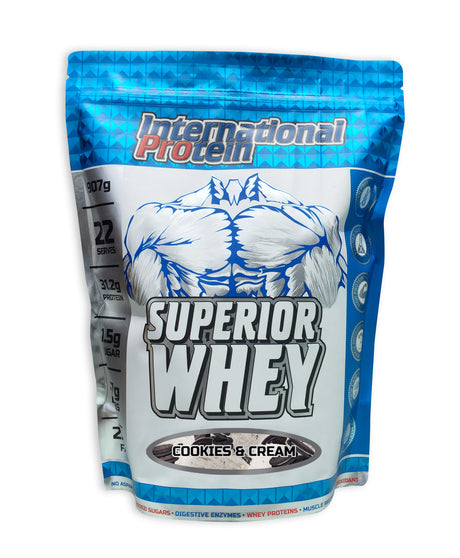很多人都誤會衡量TUT的唯一方法就是時間,但最新的研究告訴我們:「肌肉受壓力時間」(Time Under Tension) 其實應該稱為「肌肉受重量時間」(Time Under Loading) 才更準確。
無論你是否熟悉「肌肉受壓力時間」(Time Under Tension),你都一定聽過增肌時應該用「快上慢落」或(4-0-1-0)這樣的訓練節奏,其實「快上慢落」或(4-0-1-0)背後的原因,都是為了延長訓練時肌肉受到壓力的時間。
一般我們在計算TUT時,就是將動作中的離心收縮(Eccentric Muscle Action)、向心收縮(Concentric Muscle Action)、等長收縮 (Isometric Muscle Action)三者的時間加起來,假如你用(4-0-1-0)的節奏進行12下二頭彎舉,即是「1秒的向心收縮+0秒等長收縮+4秒的離心收縮」x 12,那麼這一組12下的彎舉,就有60秒的TUT。
傳統健身訓練一直告訴我們,對增肌最理想的「肌肉受壓時間」應該維持在每組40-60秒,因此大部分健身教練都會告訴學員,在肌肉頂峰收縮(Peak Contraction)或者放下重量(離心收縮)時盡量拖慢來做,藉此增加肌肉受壓力的時間。
但最新的科學研究顯示,原來會令肌肉作出生長反應的,不單只是受壓力的時間,而更重要的還要視乎肌肉在承受多大重量,換句話說如果你使用的重量不夠大,即時你每一組動作都達到60秒甚至120秒的操作時間,一樣無法得到最理想的增肌效果!
在一個比較典型健美訓練 (3組10下) 與健力訓練 (7組3下) 的研究中,健美組的人平均每一組動作都有 30-40秒的TUT,而健力組的則每組只有9-12秒,在完成為期8個星期一個星期三次的訓練週期後,研究人員結果發現兩組的肌肉增長刺激幾乎完全相同。
在這個研究中最有趣的是,兩組雖然是用了不同的重量、組數,但兩組得出一樣的訓練總量:健美組雖然舉得較輕,但他們用更多的下數來補償,而健力組則是減少下數,增加訓練所用的重量,鑑於兩組的訓練總量(Training Volume)與肌肉生長刺激都非常接近,而令研究者得出了 「肌肉受重量時間」(Time Under Loading) 才是增肌要訣的結論。
最後,如果大家追求最理想的增肌效果,以後訓練時就不能單看TUT,還要考慮重量的變數,習慣使用「輕重量、多下數」的你,偶然亦應該加入「大重量、少下數」的訓練。
參考資料:
Vaccaro, P, Tearney, RJ, Millis, RM, Franks, BD, and Bassett, DR,Jr. Lower leg high-intensity resistance training and peripheral hemodynamic adaptations. Can. J. Appl. Physiol. 21: 209-217, 1996.
Clark, BC, Collier, SR, Manini, TM, and Ploutz-Snyder, LL. Sex differences in muscle fatigability and activation patterns of the human quadriceps femoris. Eur. J. Appl. Physiol. 94: 196-206, 2005.
Hulmi, JJ, Walker, S, Ahtiainen, JP, Nyman, K, Kraemer, WJ, and Hakkinen, K. Molecular signaling in muscle is affected by the specificity of resistance exercise protocol. Scand. J. Med. Sci. Sports , 2010.
Krieger, JW. Single vs. multiple sets of resistance exercise for muscle hypertrophy: a meta-analysis. J. Strength Cond Res. 24: 1150-1159, 2010.
Mangine, GT, Hoffman, JR, Gonzalez, AM, Townsend, JR, Wells, AJ, Jajtner, AR, Beyer, KS, Boone, CH, Miramonti, AA, Wang, R, LaMonica, MB, Fukuda, DH, Ratamess, NA, and Stout, JR. The effect of training volume and intensity on improvements in muscular strength and size in resistance-trained men. Physiol. Rep. 3: 10.14814/phy2.12472, 2015.
Mitchell, CJ, Churchward-Venne, TA, Cameron-Smith, D, and Phillips, SM. What is the relationship between the acute muscle protein synthetic response and changes in muscle mass? J. Appl. Physiol. (1985) , 2014.
Netreba, AI, Popov, DV, Liubaeva, EV, Bravyi, I, Prostova, AB, Lemesheva, I, and Vinogradova, OL. Physiological effects of using the low intensity strength training without relaxation in single-joint and multi-joint movements. Ross. Fiziol. Zh. Im. I. M. Sechenova. 93: 27-38, 2007.
Netreba, AI, Popov, DV, Bravyi, I, Misina, SS, and Vinogradova, OL. Physiological effects of low-intensity strength training without relaxation. Fiziol. Cheloveka 35: 97-102, 2009.
Nishimura, A, Sugita, M, Kato, K, Fukuda, A, Sudo, A, and Uchida, A. Hypoxia increases muscle hypertrophy induced by resistance training. Int. J. Sports Physiol. Perform. 5: 497-508, 2010.
10.Popov, DV, Tsvirkun, DV, Netreba, AI, Tarasova, OS, Prostova, AB, Larina, IM, Borovik, AS, and Vinogradova, OL. Hormonal adaptation determines the increase in muscle mass and strength during low-intensity strength training without relaxation. Fiziol. Cheloveka 32: 121-127, 2006.
Schoenfeld, BJ. Potential mechanisms for a role of metabolic stress in hypertrophic adaptations to resistance training. Sports Med. 43: 179-194, 2013.
作者 / 編輯
David Huang 黃文懿
Smart Supplement








































